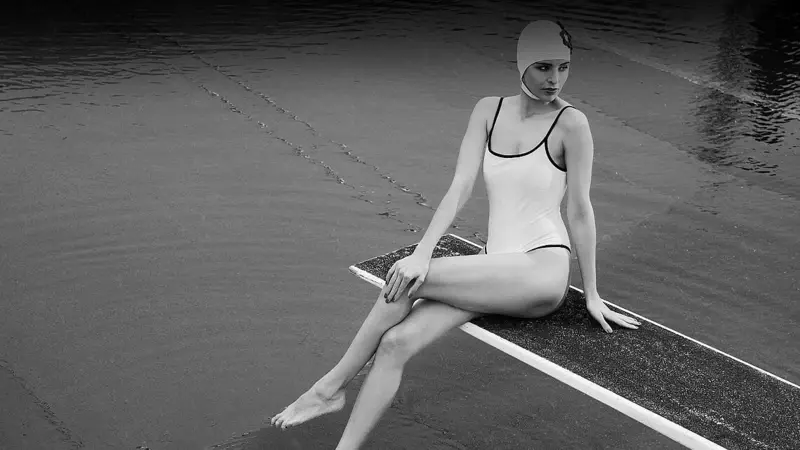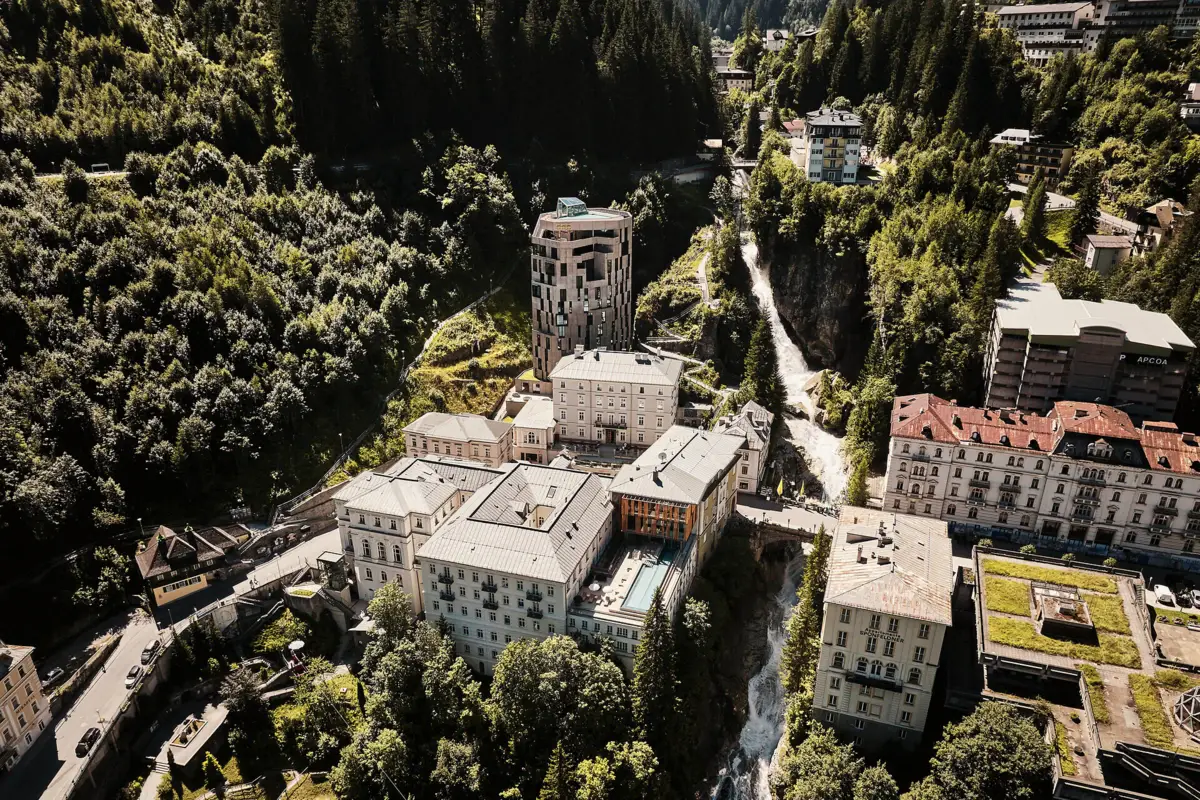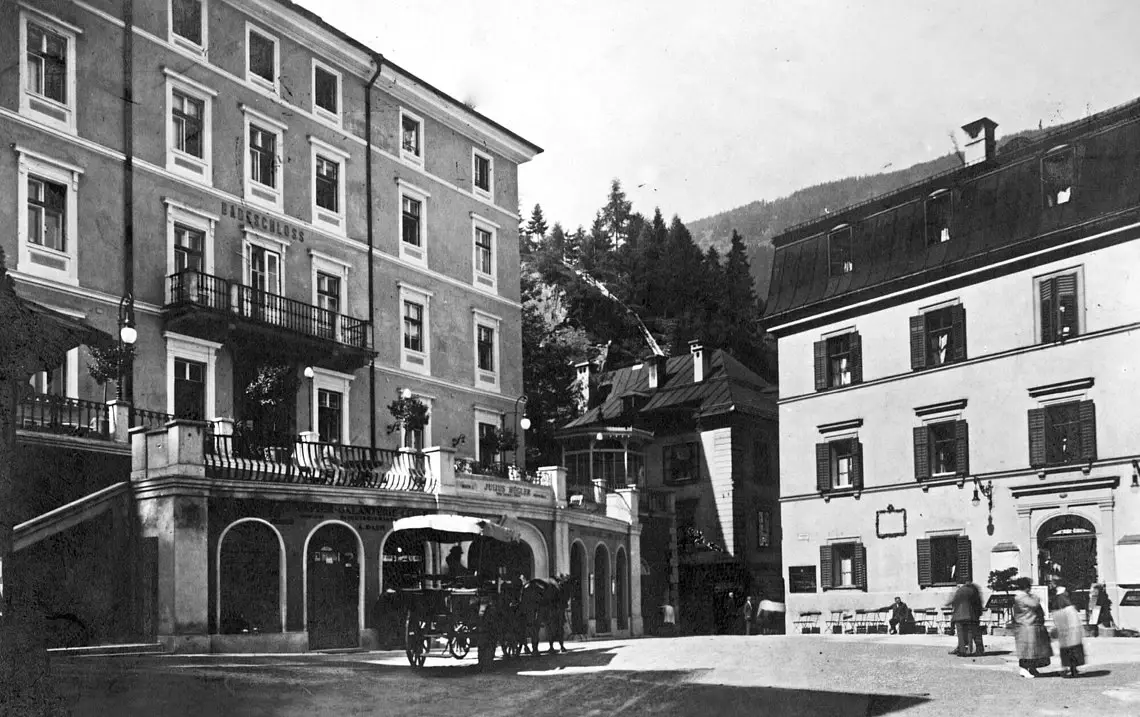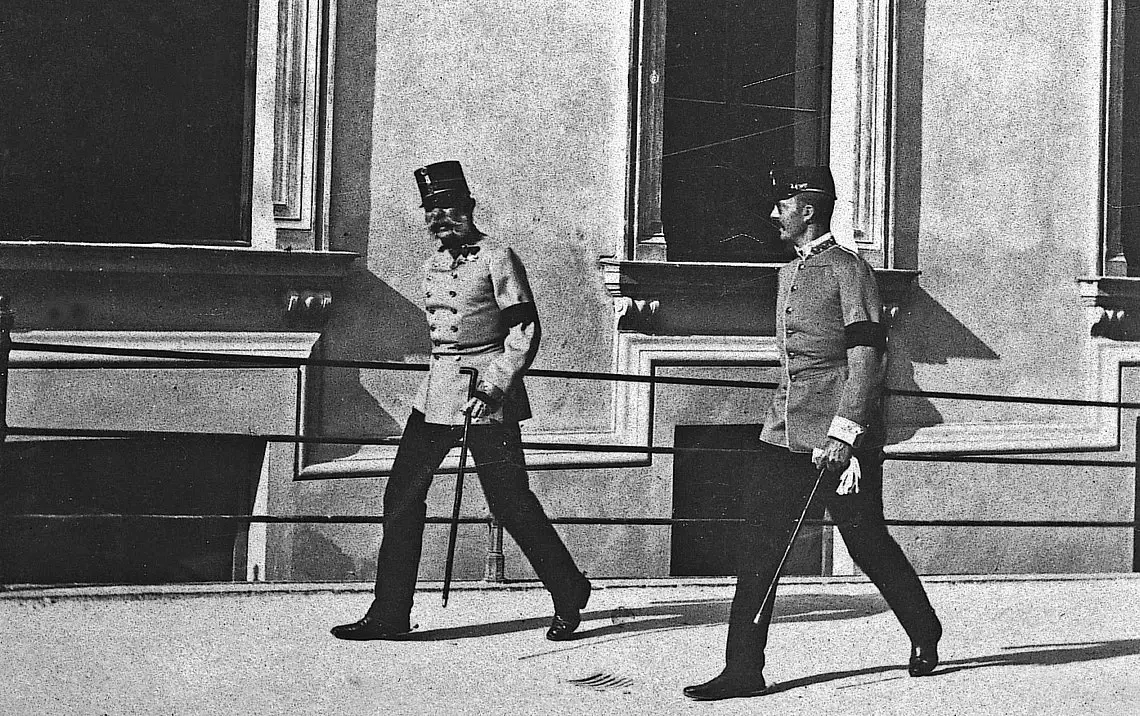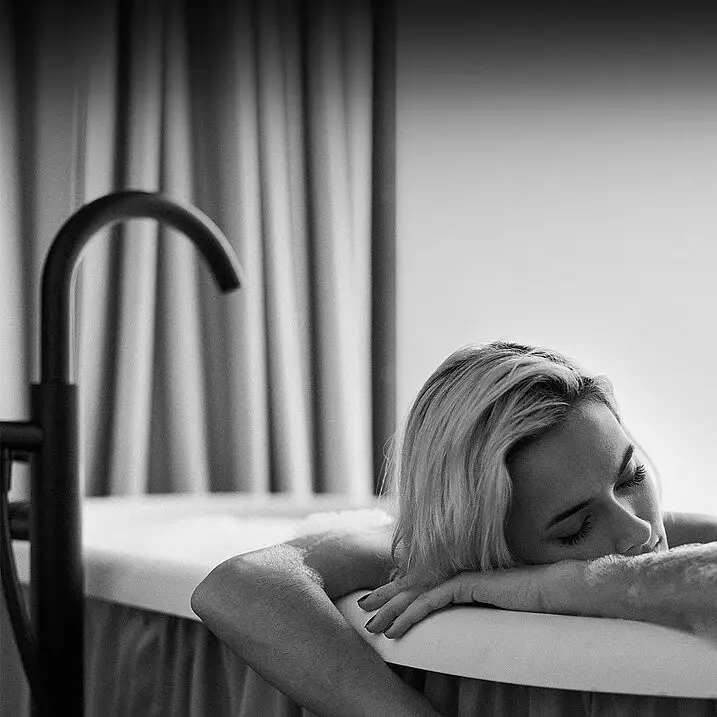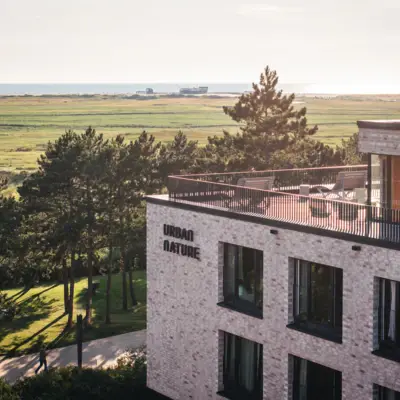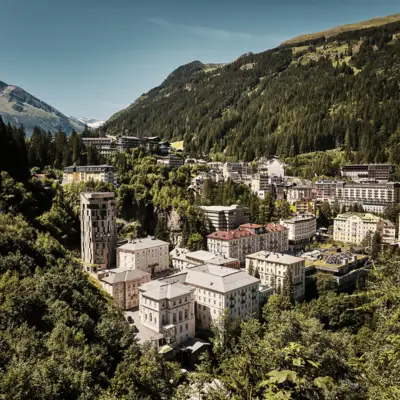The history of bathing
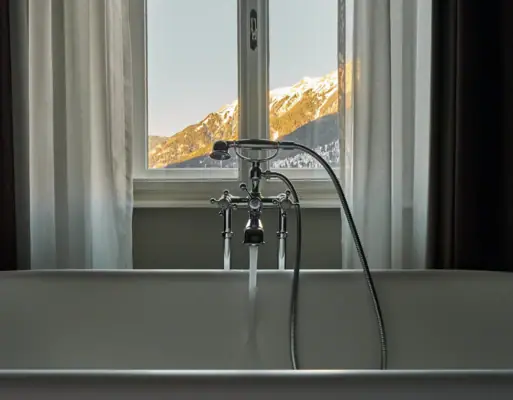
Bath lock
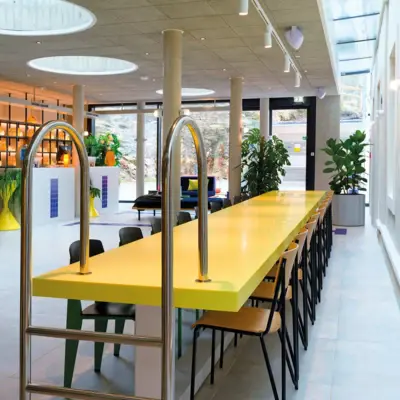
History meets modernity
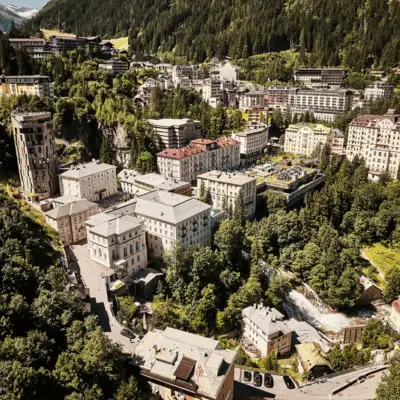
Bad Gastein
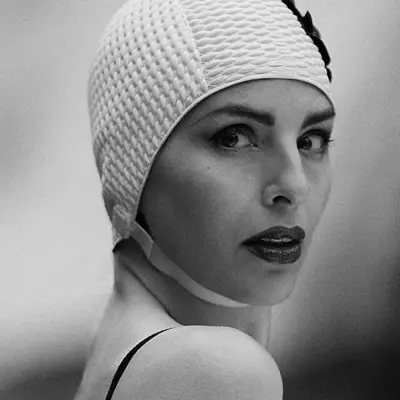
A tub full of happiness
Bad Gastein would not be what it is without water. Without bathing culture, there would be no Badeschloss. And without Badeschloss there would be no Urban Nature Bad Gastein. Our hotel lives from and with the centuries-old ritual that heals, relaxes, cleanses, refreshes and is sociable. At our historic location, you can immerse yourself in a reinterpreted version of bathing and embark on an invigorating journey around the theme of water. Right at the source. Where a waterfall shapes life and lifestyle.
The Alpine Swim Club
Built in 1791 in the midst of a breathtaking backdrop by the Bad Gastein waterfall, the former bathhouse on Straubinger Platz has seen great personalities come and go over the years.
102 rooms and suites are spread across the historic building and the modern new tower following restoration. The various facets of bathing culture are reflected in the themed rooms. And the highlight? The Alpine Swim Club with pool on the roof terrace!
7 fun facts about bathing
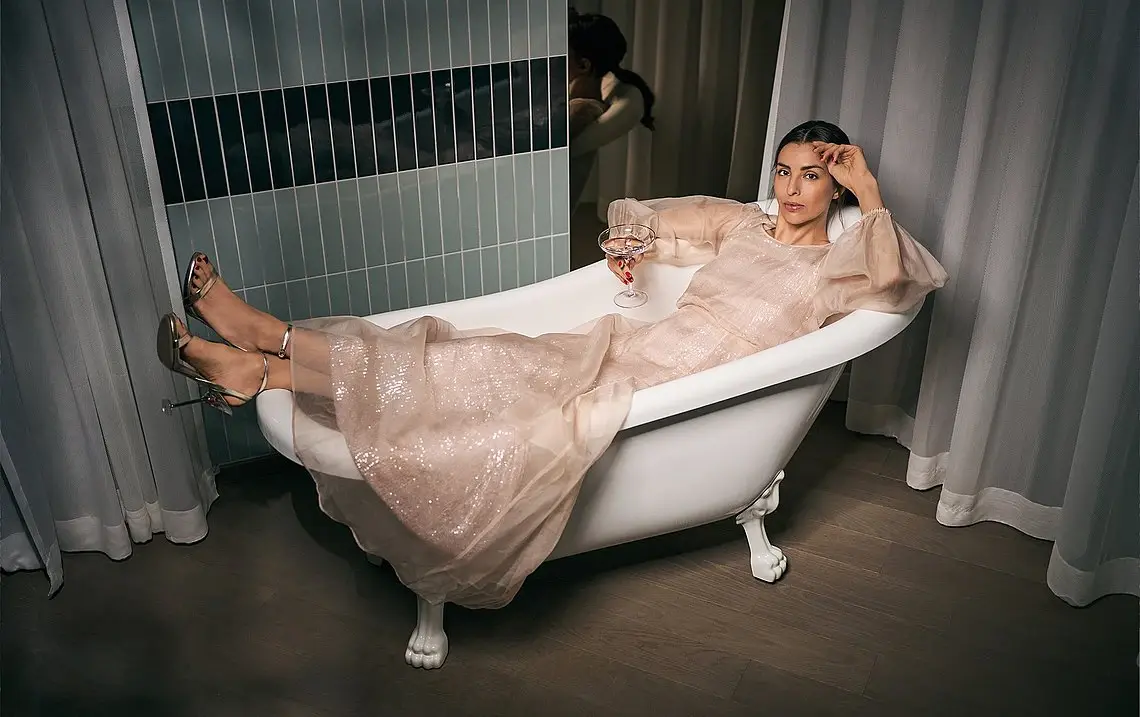
Bathing as a remedy, cultural asset, inspiration
While bathing in Ancient Greece was seen more as a routine and necessary activity after physical exertion, a true bathing culture was established in the Roman Empire. In their so-called thermal baths, bathing was the center of social interaction. Political decisions are also said to have been made in the public bathhouses.
In the 16th and 17th centuries, when vanity and body-centeredness were strictly rejected, bathing was considered unhealthy and unhygienic in large parts of Europe. It was only gradually that the natural healing power and cleansing effect of water was rediscovered. While bathing was initially reserved for the nobility and wealthy, public baths were finally reopened in the middle of the 19th century.
There are different bathing traditions all over the world. Hamams are deeply rooted in oriental tradition. You can take a breather in the style of Japanese culture in the onsen. In Iceland, political and social issues are resolved during bathing sessions – and problems big and small are solved.
Bathing is good for body, mind and soul. Both for healthy people and for those seeking healing. That's why spas sprang up near thermal and healing springs, where a diverse crowd gathered for a variety of reasons - from convalescence to social get-togethers.
The history of Bad Gastein and the Badeschloss
To this day, Bad Gastein with its radon-containing thermal water is one of these popular destinations for regeneration and holistic well-being in 1791, the Badeschloss opened its doors to spa guests for the first time and established itself as the first address far beyond the region.
More than 230 years later, guests are once again welcomed in the historic and newly constructed building. Even though the 21st century is still about holistic well-being, needs are being redefined.
As part of the Urban Nature hotel family, we preserve tradition while allowing the modern spirit of the times to enter. The old bathtubs have been freshly refurbished and the bath water has been re-soaked for you. Become part of a new, rather exciting chapter at Straubingerplatz.

